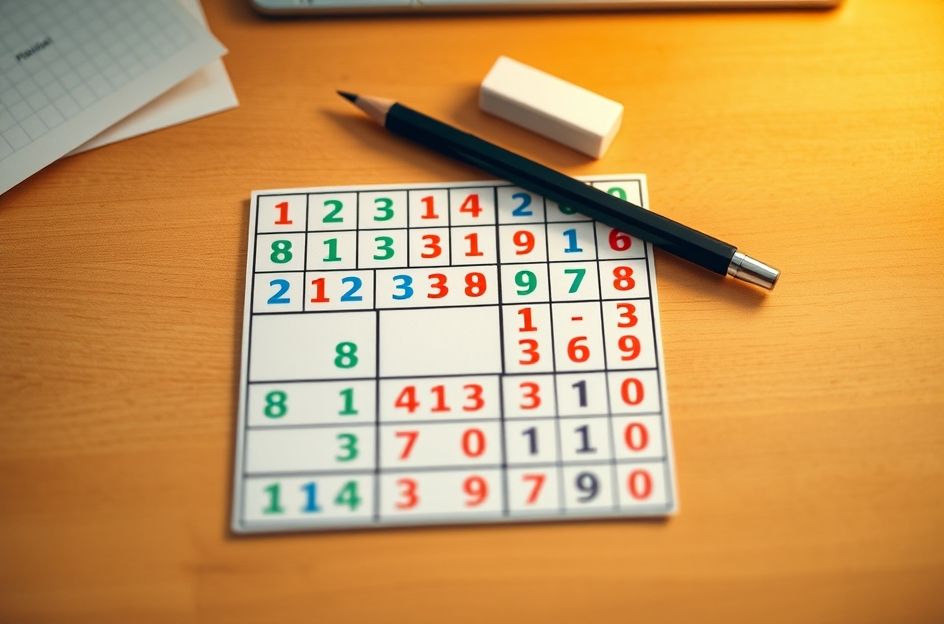Sudoku, often called “Number Place” in the United States, is a logic-based number placement puzzle. The name “Sudoku” originates from Japan, a shortened version of “Suuji wa dokushin ni kagiru,” meaning “the digits must remain single.”
The puzzle’s journey began in the US in 1979 when Dell magazine published it under the name “Numbers Place.” A Japanese puzzle company, Nikoli Company Limited, recognized its potential and introduced it to Japan, trademarking it as “Sudoku.”
Later, Kappa, a US-based company, reintroduced Nikoli’s Sudoku to the American market in GAMES magazine under the title “Squared Away.” Sudoku’s popularity spread globally, especially in the United Kingdom, where The Times newspaper featured it. It also appeared in puzzle collections like “The Giant 1001 Puzzle Book” under the name “Nine Numbers.”
Sudoku puzzles are played on a 9×9 grid, divided into nine 3×3 subgrids, also known as regions or cells. The puzzle starts with some cells already filled with numbers from 1 to 9, called “givens.” The goal is to fill the remaining empty cells so that each column, row, and 3×3 region contains all the numbers from 1 to 9, without repetition.
The appeal of Sudoku lies in its simple rules combined with the challenge of solving it. Teachers often recommend Sudoku to students to improve their logical reasoning skills.
Sudoku puzzles are ranked by difficulty, primarily based on the number of givens and the ease with which subsequent numbers can be logically deduced.
While numbers are traditionally used, any set of distinct symbols can be used to play Sudoku. Some publications, like Penny Press and Knight Features Syndicate, use letters. ESPN even created a Sudoku variation using baseball field positions instead of numbers.
